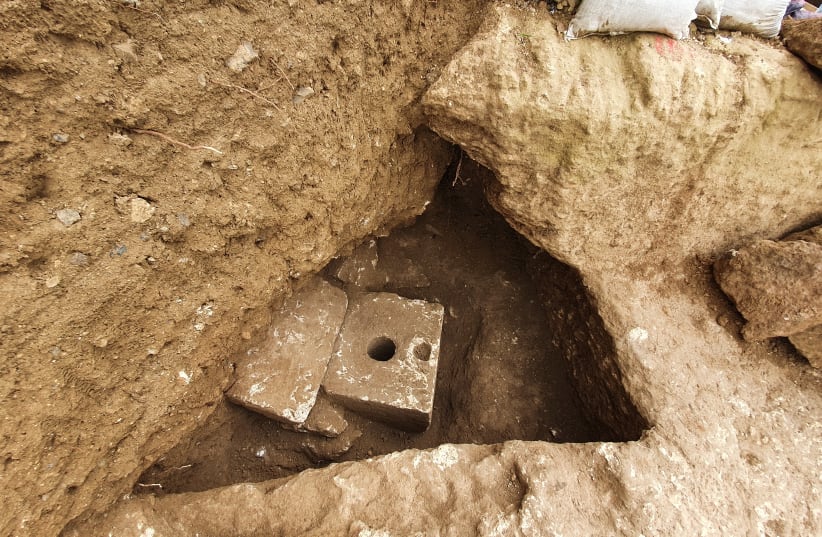The toilet, sometimes called "the John" after John Harrington, the first man to invent a flushing toilet, may be in need of a new title after a 2,400-year-old flushable toilet was unearthed in China’s Shaanxi province last year and revealed this month, China Daily reported.
According to archaeologists, the manual toilet was found in the ruins of a palace located in Yueyang that may have been used as far back as the Warring States period (424 B.C.) and into the Qin Dynasty (221 to 206 B.C.). It provides proof of sanitation awareness during that period.
Who did the "luxury" item belong to?
The researchers added the manual toilet was considered a “luxury” item, at least for the ruler and not the servant — who had to flush his master’s waste down with water. They speculated the toilet may have been used by Qin Xiaogong, who lived from 381 to 338 B.C., or even his father, Qin Xian’gong (424 to 362 B.C.).
![Toilets [Illustrative] (credit: REUTERS) Toilets [Illustrative] (credit: REUTERS)](https://images.jpost.com/image/upload/f_auto,fl_lossy/t_JD_ArticleMainImageFaceDetect/264337)
The top half of the bowel was not found in the excavation, so it remains unknown whether the user would sit or squat when using the bathroom.
Prior to the excavation of the Yueyang toilet, it was believed the first "modern" toilet was discovered by Sir John Harrington in the 16th century.
